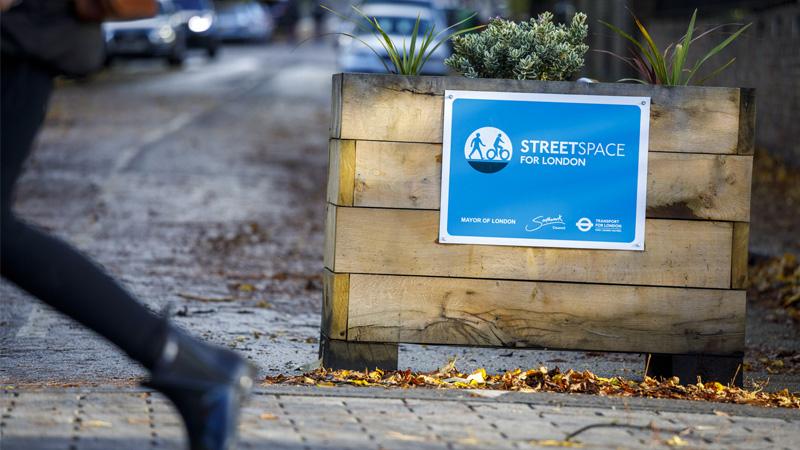Researchers from the University of Westminster in collaboration with The London School of Hygiene and Tropical Medicine and Imperial College London have found that low-traffic neighbourhoods (LTNs) installed in London in 2020 halved the number of road injuries in those areas, compared to areas that didn’t get these measures introduced. While numbers were low, similar patterns were found for more serious injuries.

The study, which was published in the peer-reviewed journal Findings, used police casualty data for 72 LTNs put in place in London between March and September last year, comparing Autumn 2020 to Autumn 2018 and 2019, and is the first city-wide study to research the effects of LTN schemes on road injuries.
It found that the reduction was particularly large for pedestrians, with an 85% decrease in pedestrian injuries compared to other areas. The average number of causalities between October and December each year fell from 81 before the introduction of LTNs in 2018 and 2019 to 35 in the same three months the in 2020, a much larger fall than across London as a whole. This is particularly impressive considering that LTNs are likely to increase the amount of walking, so the change in risk per pedestrian will be even higher.
Looking across all types of road user, the number of injuries within the LTNs fell by half, compared to the changes in other areas. The research also found no statistically significant change in injuries on boundary roads near to LTNs .
LTNs are intended to encourage walking and cycling by making streets more pleasant and making car use a little more difficult. This is done by introducing measures that remove through motor traffic from neighbourhood streets, such as planters, bollards, or CCTV cameras or ‘bus gates’.
Professor Rachel Aldred, Study co-author and Professor of Transport at the University of Westminster, said: “Across Britain, over half of pedestrian injuries take place on urban minor roads, the kind of roads most likely to be suitable for an LTN - as do a third of pedestrian fatalities. This suggests that LTNs, alongside safety improvements on major roads, could play an important role in achieving Vision Zero goals of no deaths or serious injuries, especially for pedestrians.”
Read the full paper in the Findings journal.


